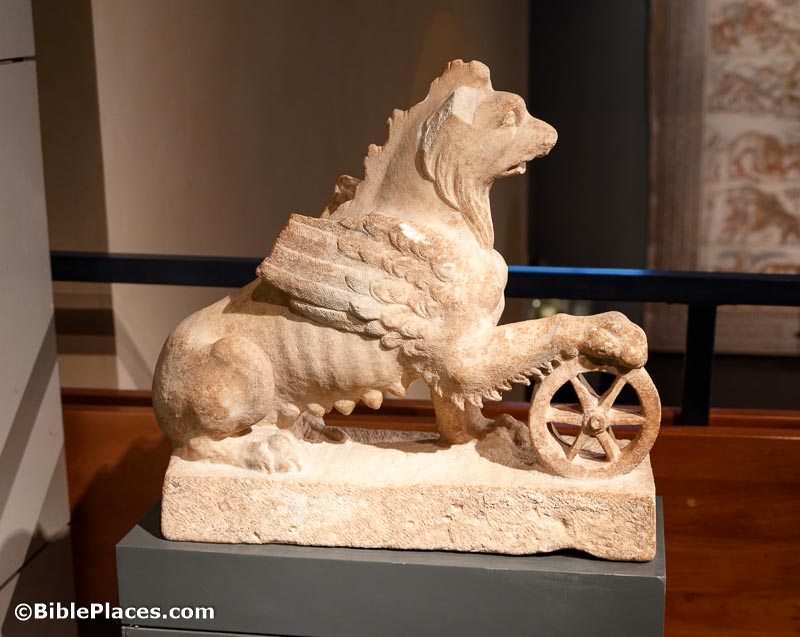A lamassu from the reign of Sargon II was discovered at ancient Dur-Sharrukin (modern Khorsabad).
“Archaeologists in Egypt have discovered an ancient cemetery that has stone sarcophagi, coptic jars and even a ‘Book of the Dead’ scroll.”
Study of an ancient Egyptian papyrus reveals that there were more venomous snakes in ancient Egypt than when Indiana Jones visited.
Michael Denis Higgins gives a history of the Pharos Lighthouse of Alexandria, from present-day to the 4th century BC.
New release: Animals in Religion, Economy and Daily Life of Ancient Egypt and Beyond, by R. Pirelli, M. D. Pubblico, and S. Ikram (free pdf)
“Rock and soil samples taken from the area where the ruins of ‘Noah’s Ark’ are believed to be located in Doğubayazıt district of Ağrı were examined, and the first results of the research were announced.”
The theater of Larissa, Greece, has been opened to the public for the first time, following two decades of restoration.
Archaeologists working on the island of Salamis discovered a partially submerged stoa along the east coast.
The British Museum will spend $12 million to update its online digital catalog.
ASOR webinar on Nov 2: “Of Statuary and State Formation: The Rise and Fall of Tell Tayinat-Kunulua,” by J. P. Dessel.
New release: Judicial Decisions in the Ancient Near East, edited by Sophie Démare-Lafont and Daniel E. Fleming (SBL Press, $50-$90)
eAkkadian is an online course book designed to help the student read Sennacherib’s prism.
“The Asia Minor Research Center is excited to announce the 2024 Biblical Field Studies in Turkey. This is a funded study trip for Bible scholars and teachers in the Majority World.”
HT: Agade, Arne Halbakken, Charles Savelle, Ted Weis, Explorator, Paleojudaica
